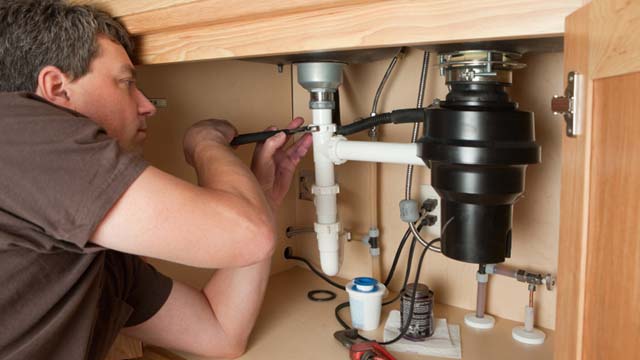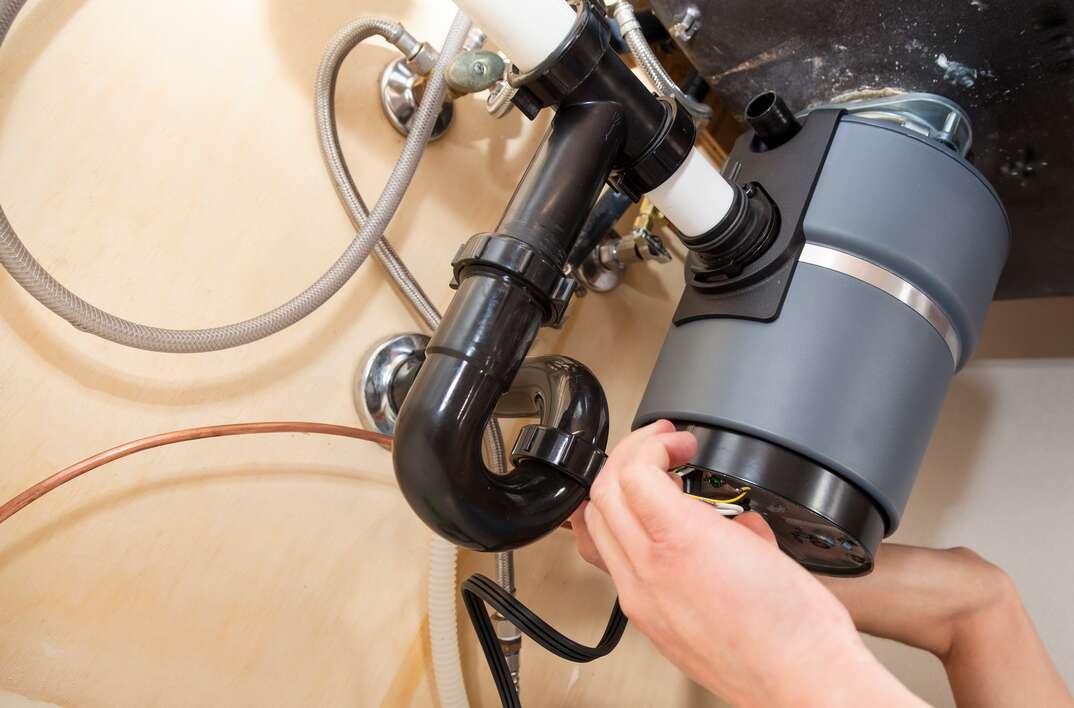Right here below you can get additional awesome details with regards to How to fix a pretty consistent leak from my garbage disposal.

Waste disposal unit are necessary cooking area home appliances that aid in getting rid of food waste effectively. Nevertheless, a dripping garbage disposal can be an aggravating and messy problem to handle. Thankfully, numerous leakages can be taken care of quickly with a couple of straightforward steps. In this write-up, we will certainly discuss how to fix a leaking waste disposal unit properly.
Introduction
Waste disposal unit are mounted under cooking area sinks and are created to shred food waste right into smaller pieces, permitting it to travel through the plumbing system conveniently. While these devices are usually reputable, leaks can happen gradually due to deterioration, loose links, or damages to the system.
Common Sources Of Leaks in Rubbish Disposals
Worn Seals and Gaskets
Seals and gaskets play an essential function in avoiding water from leaking out of the garbage disposal. Over time, these elements can deteriorate, bring about leaks around the disposal unit.
Loose Connections
The links in between the garbage disposal and the plumbing system can end up being loosened over time, causing water to leak out throughout operation.
Cracks or Holes in the Disposal Unit
Physical damage to the garbage disposal, such as fractures or openings in the housing, can likewise lead to leaks.
Determining the Source of the Leakage
Prior to attempting to deal with a dripping waste disposal unit, it is necessary to identify the source of the leak. This can generally be done through visual evaluation or by performing easy examinations.
Visual Assessment
Check the garbage disposal device very carefully for any indicators of water leakage. Pay close attention to locations around seals, gaskets, and link factors.
Examining for Leaks
One method to evaluate for leakages is by running water with the disposal device and checking for any kind of noticeable signs of leakage.
Devices and Materials Needed for Repairing a Dripping Garbage Disposal
Before starting the repair work procedure, collect the essential tools and materials, consisting of a screwdriver, adjustable wrench, plumber's putty, substitute seals or gaskets, and epoxy or patching product for repairing fractures or holes.
Step-by-Step Guide to Fixing a Leaking Waste Disposal Unit
Shut off the Power
Prior to trying any kind of fixings, make sure that the power to the garbage disposal unit is switched off to avoid the threat of electric shock.
Locate the Leak
Recognize the exact location of the leak and establish the cause.
Tighten Links
Use a wrench to tighten any type of loose links between the disposal device and the plumbing system.
Replace Seals or Gaskets
If the leak results from worn seals or gaskets, get rid of the old elements and replace them with brand-new ones.
Patching Fractures or Holes
For cracks or holes in the disposal device, usage epoxy or a suitable patching product to secure the damaged area.
Evaluating the Waste Disposal Unit After Fixing
Once the fixing is total, check the garbage disposal by running water with it to guarantee that the leak has been resolved.
Preventive Maintenance Tips to Stay Clear Of Future Leaks
To avoid future leakages, it is important to do regular maintenance on your garbage disposal. This consists of maintaining it tidy, avoiding placing non-food items or tough things down the disposal, and periodically checking for leakages or other concerns.
Final thought
In conclusion, repairing a leaking garbage disposal is a relatively simple procedure that can be completed with standard devices and materials. By complying with the steps detailed in this write-up and practicing preventative upkeep, you can keep your waste disposal unit in good working problem and prevent pricey fixings in the future.
What to Do About a Leaking Garbage Disposal
A leaking garbage disposal often goes unnoticed until you confront a sopping cabinet, a foul-smelling puddle, or an audible drip-drip-drip from the unit. The fix can be frustrating, too, because the leak can stem from a number of components in the system. Fortunately, with a little sleuthing, you can zero in on the leak and—depending on the exact location—stop the icky oozing and repair the component that caused it. Worst case scenario, if it turns out that the garbage disposal must be replaced, installing a new one is a reasonable do-it-yourself task for those with basic plumbing skills. Read on to keep the cash you’d otherwise hand over to a pro.
Prepare to find the leak
Prior to testing the garbage disposal for leaks, unplug it at the wall outlet and turn off the power from the breaker box to prevent electrical shock. Then insert a watertight sink stopper into your sink drain and wipe the unit dry with a clean cloth. In any handy container, mix a few drops of food coloring into a few cups of water, and pour the dyed water onto the sink stopper to help you locate the leak.
Investigate the source
the top, where the disposal meets the sink drain the side, where the dishwasher hose or main drain pipe connects to the disposal or the bottom of the unit Inspect each of these locations while gliding a light-colored rag over the unit; the dyed water will readily show on the rag and reveal the location of the leak. If a leak isn’t immediately apparent, remove the sink stopper and pour a few more cups of dyed water down the sink drain, then check for leaks again. Leaks near the top of the unit are more likely to show themselves while the sink is plugged, while side and bottom leaks are more noticeable while the sink is unplugged.
The metal sink flange that sits directly inside the sink drain is typically sealed around the top with plumber’s putty (a clay-like sealant) and then secured from under the sink with bolts. If the plumber’s putty deteriorates, or the bolts loosen, the flange can no longer form a watertight seal between the sink drain and the disposal—which could cause a leak at the top of the unit.
To reseal the leaky flange, you must first detach the garbage disposal. Start by loosening the screws securing the main drain pipe to the disposal, then loosen the screws in the metal clamp securing the dishwasher hose to the disposal and detach the drain pipe and dishwasher hose from the disposal. Loosen the screws in the mounting ring that connects the disposal to the metal mounting assembly beneath the sink, then pull down the disposal and carefully set it on a clean, dry surface. Loosen the bolts in the mounting assembly with a wrench, then pull down the mounting assembly and set it near the disposal.

As a devoted person who reads about Why Is My Garbage Disposal Leaking From the Bottom?, I was thinking sharing that piece of content was worthwhile. Liked our blog entry? Please share it. Let someone else check it out. I cherish reading our article about The Handy Guide To Fixing Your Garbage Disposal Leaking.
Details Here